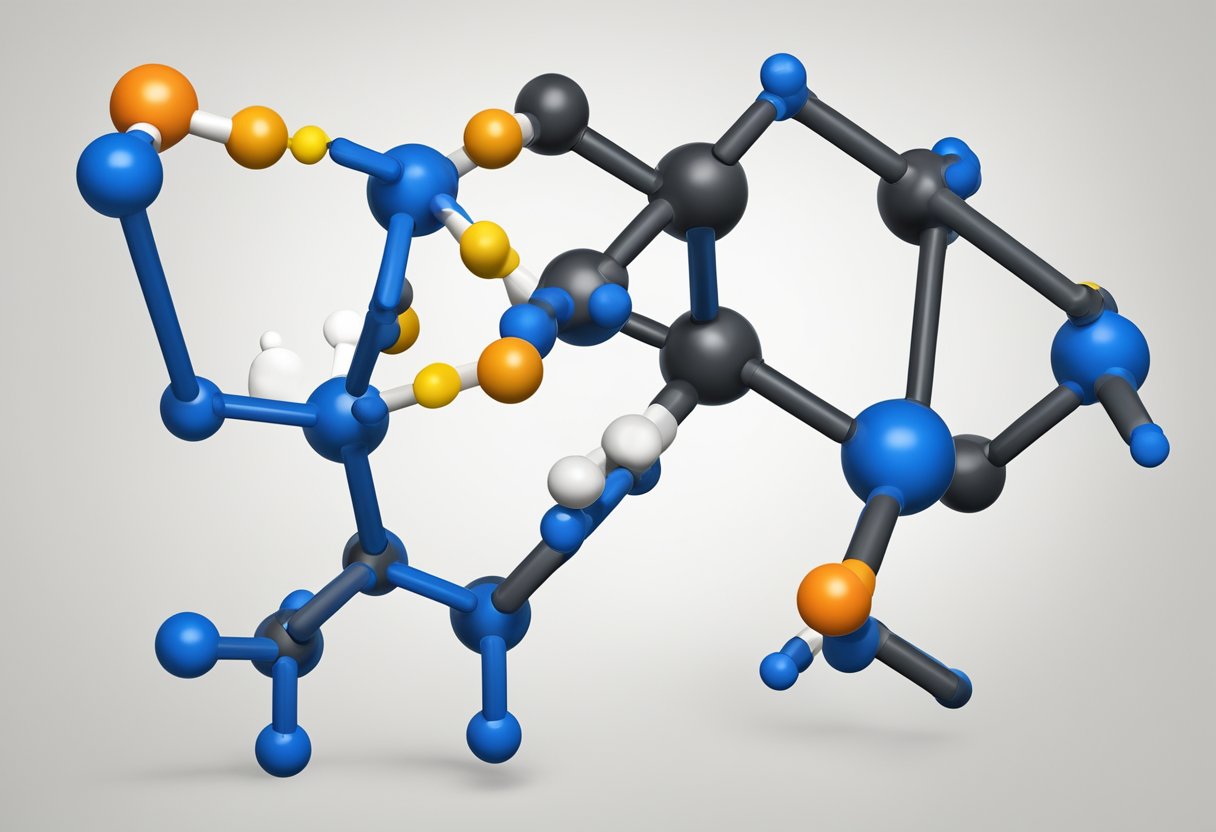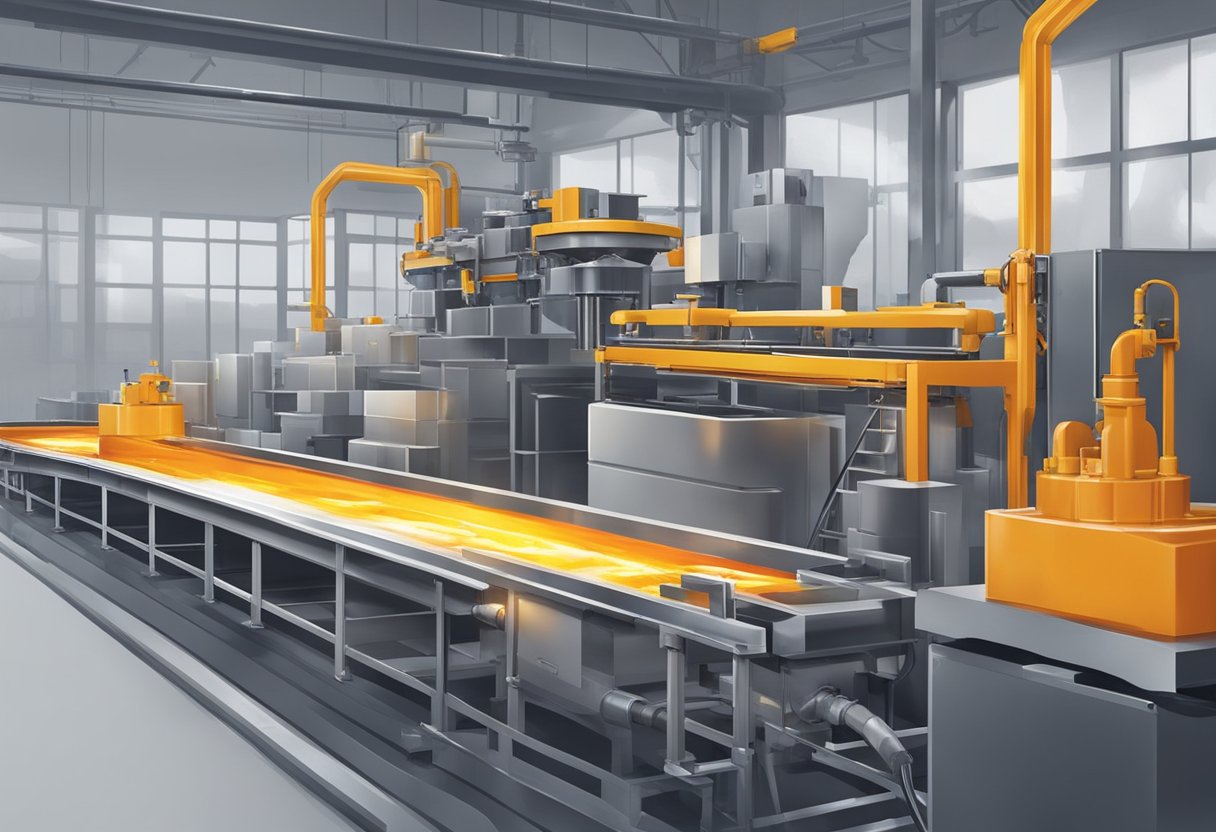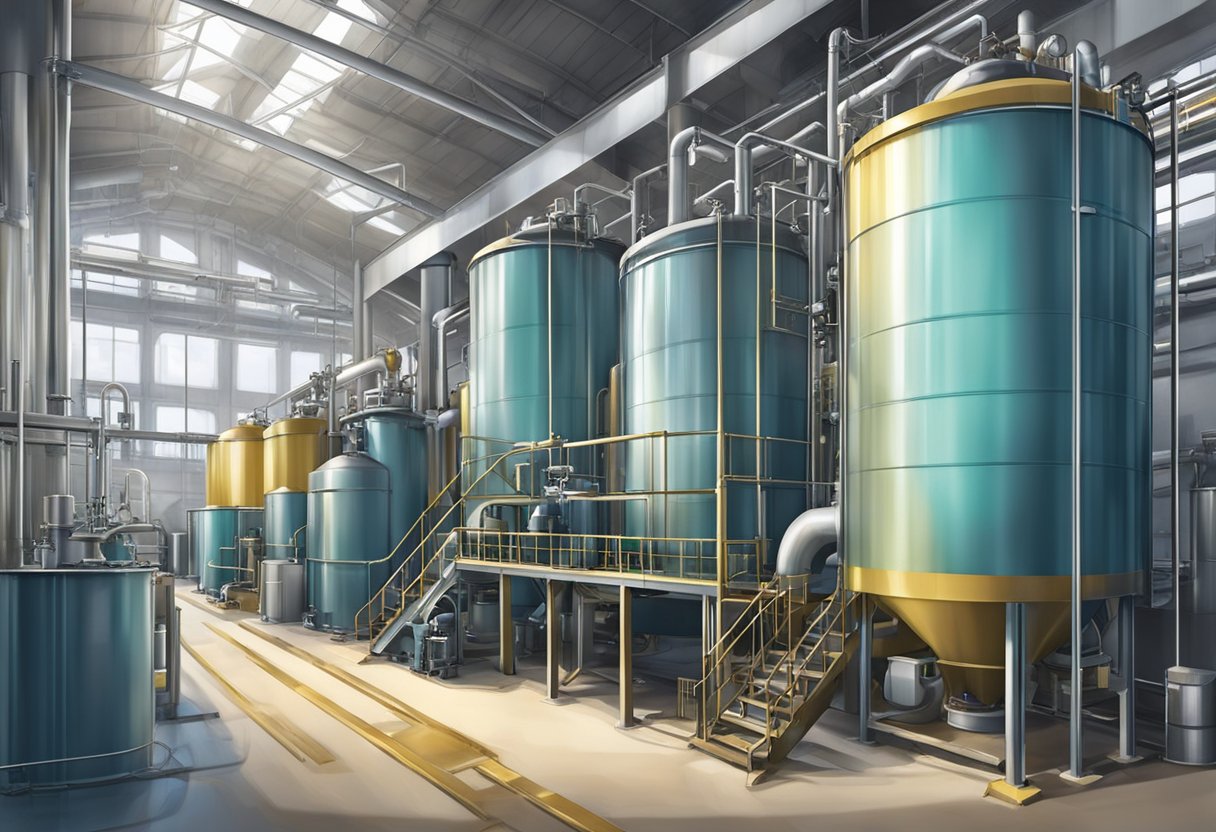Alkyl Phenol Formaldehyde Resin: Properties and Applications
19/01/2024
Alkyl phenol formaldehyde resin is a type of synthetic polymer that is widely used in various applications due to its unique properties. It is formed by the condensation of phenol with formaldehyde, followed by the alkylation of the resulting product with an alkylating agent. The resulting resin is a versatile material that can be used as an adhesive, a coating, a plasticizer, and a modifier for other polymers.

One of the key advantages of alkyl phenol formaldehyde resin is its excellent adhesion properties. It can bond to a wide range of substrates, including metals, plastics, and wood, making it a popular choice for many industrial applications. Additionally, it has good resistance to water, heat, and chemicals, making it suitable for use in harsh environments.
Another important property of alkyl phenol formaldehyde resin is its ability to modify the properties of other polymers. It can be used as a plasticizer to improve the flexibility and durability of plastics, or as a modifier to enhance the strength and toughness of other polymers. This versatility has made it a valuable component in many products, including adhesives, coatings, and composites.
Chemical Structure of Alkyl Phenol Formaldehyde Resin

Alkyl Phenol Formaldehyde Resin is a synthetic thermosetting polymer that is widely used in various industrial applications due to its excellent physical and chemical properties. The chemical structure of Alkyl Phenol Formaldehyde Resin is complex and consists of three main components: alkyl phenols, formaldehyde, and a catalyst.
The alkyl phenols used in the synthesis of Alkyl Phenol Formaldehyde Resin are typically derived from phenol and various alkylating agents such as propylene oxide, ethylene oxide, or butylene oxide. The alkyl groups attached to the phenol ring can vary in length and branching, which affects the physical and chemical properties of the resulting resin.
Formaldehyde is the primary building block of Alkyl Phenol Formaldehyde Resin and is used to crosslink the alkyl phenols. The reaction between formaldehyde and alkyl phenols is catalyzed by an acid catalyst such as hydrochloric acid or sulfuric acid. The resulting crosslinked polymer is highly resistant to heat, chemicals, and moisture.
The chemical structure of Alkyl Phenol Formaldehyde Resin can be further modified by adding various additives such as fillers, pigments, and plasticizers. These additives can improve the physical and chemical properties of the resin, such as its hardness, flexibility, and color.
Overall, the chemical structure of Alkyl Phenol Formaldehyde Resin is highly customizable, allowing for a wide range of applications in various industries such as automotive, construction, and electronics.
Production Process

Alkyl phenol formaldehyde resin is produced through a condensation reaction between phenol, formaldehyde, and an alkyl phenol. The alkyl phenol used in the production process can vary and may include but is not limited to nonylphenol, octylphenol, and dodecylphenol.
The production process typically involves the following steps:
- Preparing the reactants: The phenol and alkyl phenol are mixed together and then added to a reactor vessel. Formaldehyde is added to the reactor vessel slowly, while stirring continuously.
- Reaction: The reaction between the phenol, alkyl phenol, and formaldehyde occurs under controlled conditions of temperature, pressure, and pH. The reaction typically takes several hours to complete.
- Neutralization: After the reaction is complete, the mixture is neutralized using an alkaline solution. This is done to remove excess formaldehyde and to adjust the pH of the mixture.
- Filtration: The mixture is then filtered to remove any impurities.
- Drying: The filtered resin is then dried to remove any remaining moisture.
The resulting resin is a thermosetting polymer that is used in a wide range of applications, including adhesives, coatings, and plastics.
Properties and Characteristics

Alkyl phenol formaldehyde resin is a type of thermosetting resin that is widely used in various applications due to its excellent properties and characteristics. Here are some of its key properties:
- Chemical Resistance: Alkyl phenol formaldehyde resin is highly resistant to a wide range of chemicals, including acids, alkalis, and solvents. This makes it an ideal choice for applications that involve exposure to harsh chemicals.
- Heat Resistance: Alkyl phenol formaldehyde resin is highly resistant to heat and can withstand temperatures up to 200°C without losing its properties. This makes it suitable for use in high-temperature applications.
- Water Resistance: Alkyl phenol formaldehyde resin is highly resistant to water and moisture. It does not absorb water and maintains its properties even in humid environments.
- Adhesion: Alkyl phenol formaldehyde resin has excellent adhesion properties, which make it ideal for use as an adhesive in various industries.
- Durability: Alkyl phenol formaldehyde resin is highly durable and can withstand wear and tear without losing its properties. This makes it an ideal choice for applications that require long-lasting performance.
In addition to these properties, alkyl phenol formaldehyde resin also has excellent electrical insulation properties, making it suitable for use in electrical applications. It is also easy to process and can be molded into various shapes and sizes.
Applications in Industry

Alkyl phenol formaldehyde resin has a wide range of applications in various industries due to its excellent properties such as good adhesion, high strength, and resistance to water and chemicals. Here are some of the most common applications of this resin in industry:
Adhesives and Sealants
Alkyl phenol formaldehyde resin is widely used as an adhesive and sealant in various industries due to its excellent bonding properties. It is commonly used in the production of wood adhesives, paper and packaging adhesives, and construction adhesives. This resin is also used in the production of sealants for automotive, construction, and aerospace industries.
Coatings
Alkyl phenol formaldehyde resin is used as a coating material due to its excellent adhesion and resistance to chemicals and water. It is commonly used in the production of coatings for metal, wood, and plastic surfaces. This resin is also used in the production of coatings for electronic components, automotive parts, and aerospace components.
Composites
Alkyl phenol formaldehyde resin is used as a matrix material in the production of composites due to its excellent mechanical properties and resistance to chemicals and water. It is commonly used in the production of composites for automotive, aerospace, and construction industries. This resin is also used in the production of composite materials for sports equipment and marine applications.
In conclusion, alkyl phenol formaldehyde resin has a wide range of applications in various industries due to its excellent properties. Its use in adhesives and sealants, coatings, and composites has made it an important material in modern industry.
Environmental Impact and Safety Concerns
Alkyl phenol formaldehyde resin (APF) is a synthetic polymer used in a variety of industrial applications, including adhesives, coatings, and plastics. While APF has many useful properties, there are concerns about its environmental impact and safety.
One major concern is the potential for APF to release formaldehyde, a known carcinogen, into the environment. Formaldehyde is used in the production of APF, and can be released during the manufacturing process as well as during use and disposal. Exposure to formaldehyde can cause respiratory irritation, skin irritation, and other health problems.
Another concern is the potential for APF to persist in the environment and accumulate in living organisms. APF is not biodegradable, and can persist in the environment for many years. It has been found in soil, water, and air samples, as well as in the tissues of animals and humans.
To address these concerns, regulations have been put in place to limit the use of APF and to require proper handling and disposal. In addition, alternatives to APF, such as natural resins and biodegradable polymers, are being developed and used in some applications.
Overall, while APF has many useful properties, it is important to consider its potential environmental impact and safety concerns when using and disposing of this material.
Regulatory Status and Compliance
Alkyl phenol formaldehyde resin is subject to various regulations and compliance requirements to ensure its safe use in different applications.
In the European Union, alkyl phenol formaldehyde resin is classified as a hazardous substance under the Classification, Labelling and Packaging (CLP) Regulation. It is listed in Annex VI of the Regulation as a skin sensitiser, which means it can cause an allergic reaction when it comes into contact with the skin. Therefore, products containing alkyl phenol formaldehyde resin must be labelled with appropriate hazard pictograms and warning phrases.
In the United States, the Environmental Protection Agency (EPA) regulates the use of alkyl phenol formaldehyde resin under the Toxic Substances Control Act (TSCA). The resin is listed on the TSCA Inventory, which includes all chemical substances manufactured or imported into the US. Manufacturers and importers of alkyl phenol formaldehyde resin must comply with various reporting and testing requirements under TSCA.
In addition, alkyl phenol formaldehyde resin is subject to various international regulations, such as the Globally Harmonized System of Classification and Labelling of Chemicals (GHS) and the Registration, Evaluation, Authorisation and Restriction of Chemicals (REACH) Regulation.
To ensure compliance with these regulations, manufacturers and users of alkyl phenol formaldehyde resin must follow appropriate safety measures, such as using personal protective equipment, providing adequate ventilation, and handling the resin in a controlled manner. They must also keep up-to-date with any changes in regulations and adapt their practices accordingly.
Advancements and Future Trends
Alkyl phenol formaldehyde resin has been widely used in various industries due to its excellent properties such as high strength, durability, and resistance to heat and chemicals. Over the years, advancements have been made in the manufacturing process and application of this resin, leading to improved performance and cost-effectiveness.
One of the major advancements in the production of alkyl phenol formaldehyde resin is the use of renewable raw materials. This has led to the development of eco-friendly resins that have a lower carbon footprint and are more sustainable. Manufacturers are also exploring the use of bio-based feedstocks to reduce their reliance on fossil fuels.
In addition, there has been a growing trend towards the use of alkyl phenol formaldehyde resin in the construction industry. This is due to its ability to enhance the mechanical properties of concrete and improve its durability. The resin is also being used in the production of composite materials for applications such as wind turbine blades and automotive components.
Another area of focus for future developments is the improvement of the resin’s adhesive properties. This will enable it to be used in a wider range of applications, including the bonding of dissimilar materials. There is also a need for the development of low-VOC (volatile organic compound) formulations to meet environmental regulations and reduce the impact on human health.
Overall, the advancements and future trends in alkyl phenol formaldehyde resin are focused on improving its performance, sustainability, and versatility. As research and development continue, we can expect to see further innovations in this field that will enable the resin to be used in even more applications.




